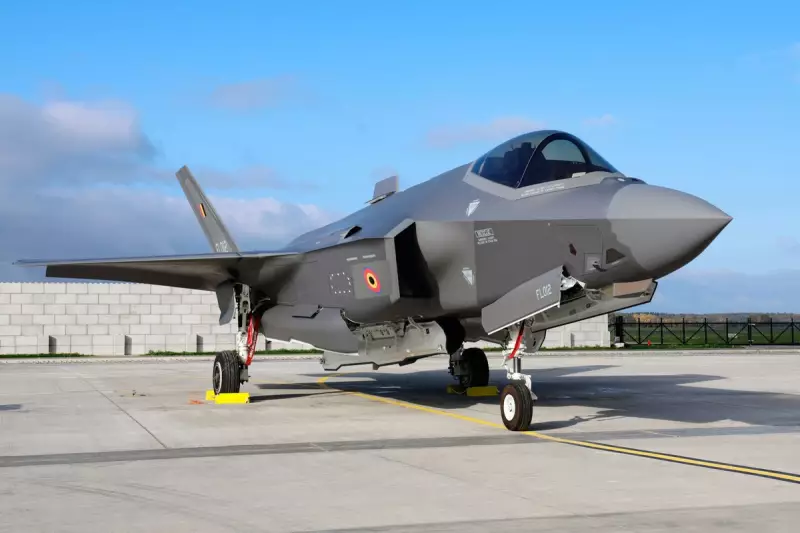
President Donald Trump has confirmed an agreement to sell the United States' most advanced fighter aircraft, the F-35 Lightning II, to Saudi Arabia. The controversial decision, reaffirmed during Saudi Crown Prince Mohammed bin Salman's visit to Washington on Tuesday, proceeds despite significant apprehension that China, Saudi Arabia's primary trading partner, could gain access to the jet's coveted American technology.
Strategic Implications and Regional Tensions
The proposed sale also risks unsettling the delicate military balance in the Middle East. Some officials within the Republican administration are wary that providing Saudi Arabia with the F-35 could compromise Israel's qualitative military edge over its neighbours. This concern is particularly acute as President Trump is relying on Israeli support for his Gaza peace plan. Israel, which has already deployed the F-35 in combat against Iran, is one of 19 nations that currently operate or have agreements to purchase the stealth jet.
The F-35: A Technological Powerhouse and its Pitfalls
First proposed in the 1990s to replace ageing fighters like the F-16, the F-35 was designed as a multi-role, fifth-generation aircraft. It represents a significant technological leap, featuring stealth coatings, advanced radar, and sophisticated sensors. Bradley Bowman, senior director at the Foundation for Defense of Democracies, emphasised its formidable nature, stating, "What makes the F-35 particularly formidable is the increased difficulty our adversaries have in detecting it. So if you can’t see it, you can’t kill it."
However, the programme has been famously plagued by problems. It holds the record as the most expensive Pentagon spending program ever, with each jet costing up to $77 million in 2023. A September report from the Government Accountability Office (GAO) revealed that maintaining and operating the planned fleet of 2,470 planes over their lifetime could exceed $2 trillion. Furthermore, readiness rates have been poor, with the GAO finding that in 2023, the aircraft were only mission-capable about 55% of the time due to maintenance and supply issues.
Ongoing Debates and Security Concerns
Critics like Dan Grazier of the Stimson Center argue the F-35 is a failure, doing "a lot of things kind of well, but it doesn’t do anything great" while costing a fortune. The security of its technology is another major point of contention. A 2013 report from the Defense Science Board alleged that Chinese cyberattacks had accessed data from the F-35 programme, among others. Despite this, Bowman contends that continuous updates to the aircraft's systems counteract any intelligence stolen years ago, which is why nations like Saudi Arabia remain eager to acquire it.
Since the first F-35 rolled off the assembly line in Fort Worth, Texas, nearly two decades ago, more than 1,200 have been manufactured. Lockheed Martin states the programme supports nearly 300,000 jobs across 49 states and Puerto Rico. The company defends the jet, calling it the "cornerstone of the battlespace" and an "indispensable contributor to global security," despite its complex history of cost overruns and delays.





